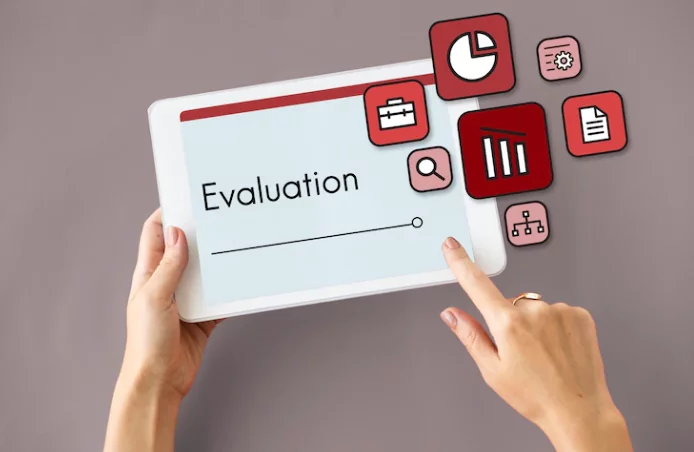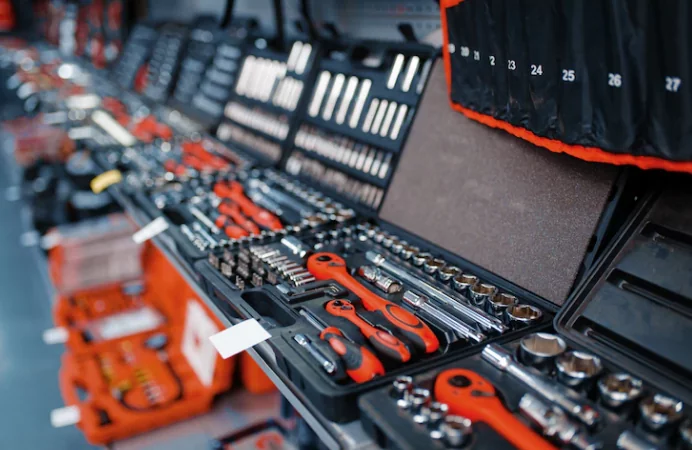In today’s digital age, IT procurement plays a critical role in the success of any organization. The acquisition of IT hardware, software, and services can significantly influence a company’s operational efficiency, innovation, and competitiveness. However, the process can be complex, time-consuming, and fraught with potential pitfalls if not properly managed. To ensure the best outcomes, businesses should follow these best practices for IT purchase procurement.

1. Define Clear Requirements
First and foremost, businesses should identify their specific needs before starting the procurement process. This involves an in-depth understanding of the organization’s strategic objectives, current IT infrastructure, and future growth plans. A comprehensive requirements analysis will help in selecting the right IT products and services and prevent overspending on unnecessary features.

2. Involve Stakeholders
Including key stakeholders in the IT procurement process ensures a broad perspective and improves buy-in. Stakeholders may include IT staff, end-users, management, and even customers. Their diverse insights can help refine requirements, set priorities, and reduce the risk of post-purchase dissatisfaction.

3. Conduct Market Research
Understanding the IT marketplace is crucial for making informed procurement decisions. Businesses should explore different vendors, products, and pricing models. They should also be aware of the latest technology trends and regulatory changes that could impact their procurement strategy.

4. Evaluate Suppliers
Not all IT suppliers are created equal. Businesses should evaluate potential suppliers based on factors such as pricing, quality, reliability, support services, and past performance. Checking references and reviews can also provide valuable insights.

5. Negotiate Contracts
Negotiating contracts is a critical step in IT procurement. Businesses should aim for agreements that provide value for money while minimizing risk. This includes negotiating terms around warranties, maintenance, service levels, and dispute resolution.

6. Implement a Procurement Management System
A procurement management system can streamline the purchasing process, improve transparency, and ensure compliance with internal policies and external regulations. Such a system can automate tasks, provide analytics, and facilitate communication among stakeholders.

7. Monitor and Evaluate Performance
After the procurement process, businesses should monitor and evaluate supplier performance and the effectiveness of the procured IT solutions. This will help identify any issues early, ensure the business is receiving the value it expected, and inform future procurement decisions.

8. Foster Ethical Practices
Ethical procurement practices are not just about doing the right thing; they can also mitigate risks and enhance a company’s reputation. Businesses should ensure their procurement practices adhere to principles of fairness, transparency, and respect for human rights.

9. Plan for Sustainability
Sustainability should be a consideration in IT procurement. This means considering the environmental and social impacts of IT products and services, from manufacturing and use to disposal. Businesses can support sustainability by choosing suppliers with eco-friendly practices and products that are energy-efficient, durable, and recyclable.

10. Continuous Learning and Improvement
The IT landscape is constantly evolving, and so should your procurement practices. Businesses should regularly review and update their procurement strategies, processes, and tools in response to changes in the market, technology, and business needs.
11. Consider Multi-generational Hardwar
When procuring IT equipment, consider not only the latest-generation hardware but also multi-generational, including end-of-life, refurbished, and end-user hardware. For some companies, using legacy hardware parts and spares that are no longer available from the original equipment manufacturer (OEM) can extend the end-of-service life (EOSL), potentially saving costs.

12. Explore Refurbished Options
In some cases, investing in refurbished hardware can provide a cost-effective solution without compromising functionality. Refurbished equipment that is still current can often be procured at a lower cost compared to brand-new items, providing your organization with a price break.

13. Leverage Authorized Parts Providers
When procuring parts, whether brand new or refurbished, ensure that your supplier is an authorized parts provider. These providers usually have extensive access to a wide range of spare parts and numerous stocking locations worldwide, increasing the likelihood of obtaining the specific parts you need in a timely manner.

Let AOM Help
AOM, an IT procurement partner, offers a range of services that cater to different client needs. Notably, they provide support beyond the current-generation data center hardware, extending to multi-generational hardware which includes end-of-life, refurbished, and end-user hardware.
AOM Is The Essential Partner for Your IT Needs
This comprehensive approach allows clients to maintain and extend the service life of their existing IT infrastructure, even when parts become unavailable from the original equipment manufacturer (OEM).
In addition, AOM provides spares and refurbished hardware that is still current, offering a more cost-effective alternative to new hardware. These offerings can give clients a price break, which can be a significant advantage for businesses looking to optimize their IT investments.
AOM: Delivering the IT Components You Need & When You Need!
AOM’s position as an authorized parts provider, whether for brand-new or refurbished parts, also adds value to its services. They boast access to 400,000 spare parts and 700 stocking locations worldwide, demonstrating their capability to meet diverse and potentially urgent client needs. This broad access to parts and global reach means they can deliver the necessary IT components promptly, reducing potential downtime for their clients.
Wrapping Everything Up
In the rapidly evolving IT landscape, having a procurement partner like AOM that can cater to a broad spectrum of needs – from current-generation to end-of-life hardware – offers clients flexibility and assurance. Their ability to provide both new and refurbished parts from a wide range of sources allows for tailored solutions that fit specific client needs and budgets. This approach to IT purchase procurement underscores the importance of a versatile strategy in managing and optimizing IT resources.
The integration of these insights emphasizes the importance of considering a broad range of options when procuring IT equipment, as well as the value of partnering with suppliers that can offer extensive resources and expertise.
By adhering to these best practices, businesses can navigate the complexities of IT procurement and secure the technology solutions that best support their objectives and values.


